- Your cart is empty
- Continue Shopping
Dosage & Administration
Seasonal Allergic Rhinitis-
Adults and children 12 years and older:
- Tablet: 60 mg twice daily or 120 mg once daily or 180 mg once daily
- In case of impaired renal function: 60 mg once daily
Children from 6 to 11 years:
- Tablet: 30 mg twice daily or 60 mg once daily
- In case of impaired renal function: 30 mg once daily
Children from 2 to 11 years
- Suspension: 30 mg or 5 ml twice daily
- In case of impaired renal function: 30 mg or 5 ml once daily
Chronic Idiopathic Urticaria-
Adults and children 12 years and older:
- Tablet: 60 mg twice daily or 120 mg once daily or 180 mg once daily
- In case of impaired renal function: 60 mg once daily
Children from 6 to 11 years:
- Tablet: 30 mg twice daily or 60 mg once daily
- In case of impaired renal function: 30 mg once daily
Children from 6 months to less than 2 years:
- Suspension: 15 mg or 2.5 ml (1/2 tsp) twice daily
- In case of impaired renal function: 15 mg or 2.5 ml (1/2 tsp) once daily
Children from 2 to 11 years:
- Suspension: 30 mg or 5 ml (1 tsp) twice daily
- In case of impaired renal function: 30 mg or 5 ml (1 tsp) once daily
Interaction
Plasma concentration of Fexofenadine Hydrochloride have been expanded when given with erythromycin or ketoconazole. Aluminum and magnesium hydroxide containing stomach settling agent decreases the retention of Fexofenadine Hydrochloride.
Contraindications
Contraindicated in patients with known touchiness to Fexofenadine Hydrochloride or any of its fixings.
Side Effects
Common side impacts are migraine, weakness, tiredness, sickness, dry mouth and gastrointestinal unsettling influences.
Pregnancy & Lactation
US FDA pregnancy category of Fexofenadine Hydrochloride is C. So, Fexofenadine Hydrochloride should be avoided in pregnancy and lactation unless the potential benefits to the other outweigh the possible risks to the fetus.
Precautions & Warnings
Caution should be exercised in elderly patient and patient with decreased renal function.


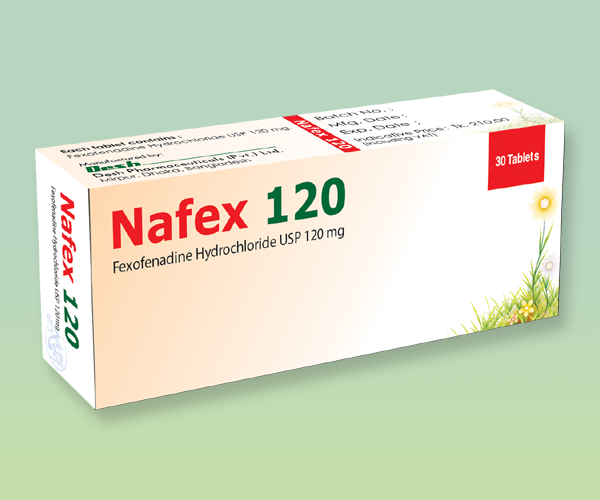
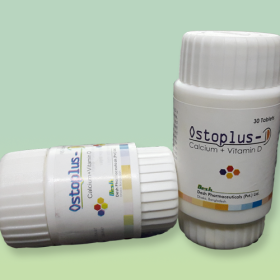
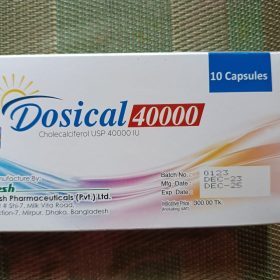
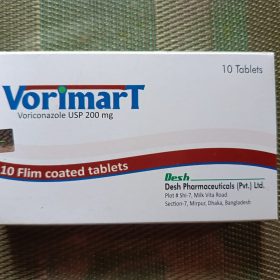
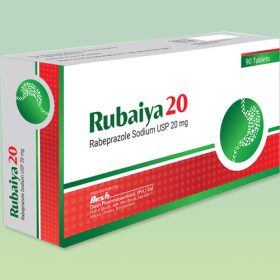
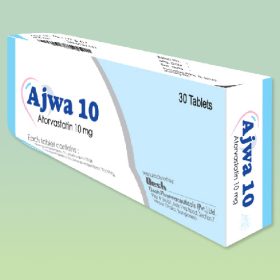
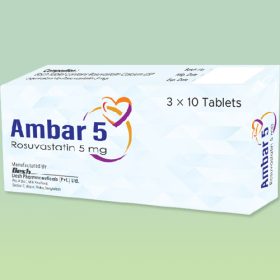
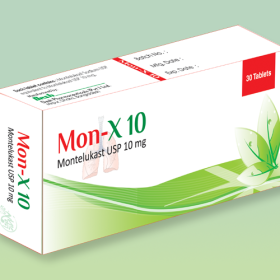
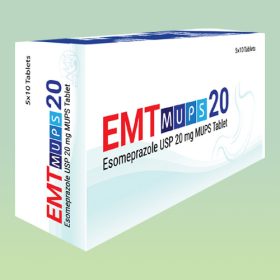
Reviews
There are no reviews yet.